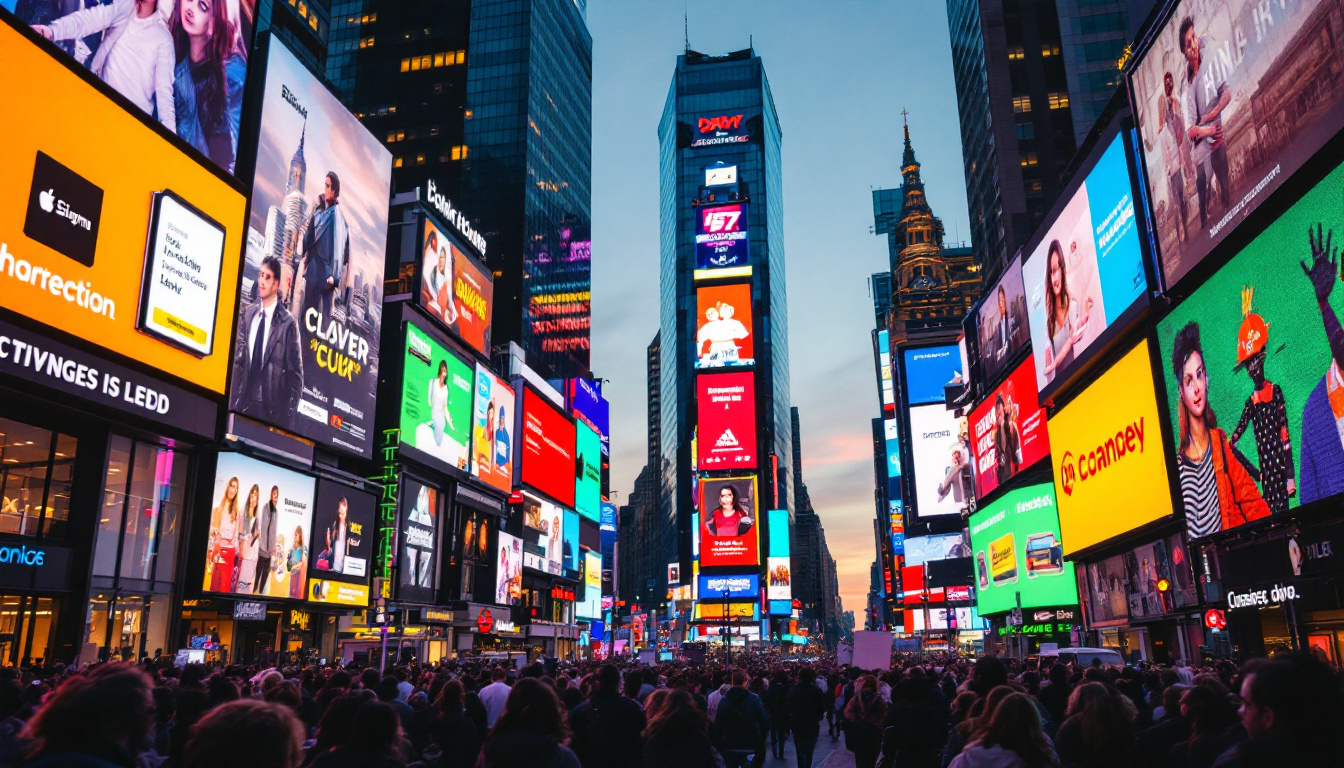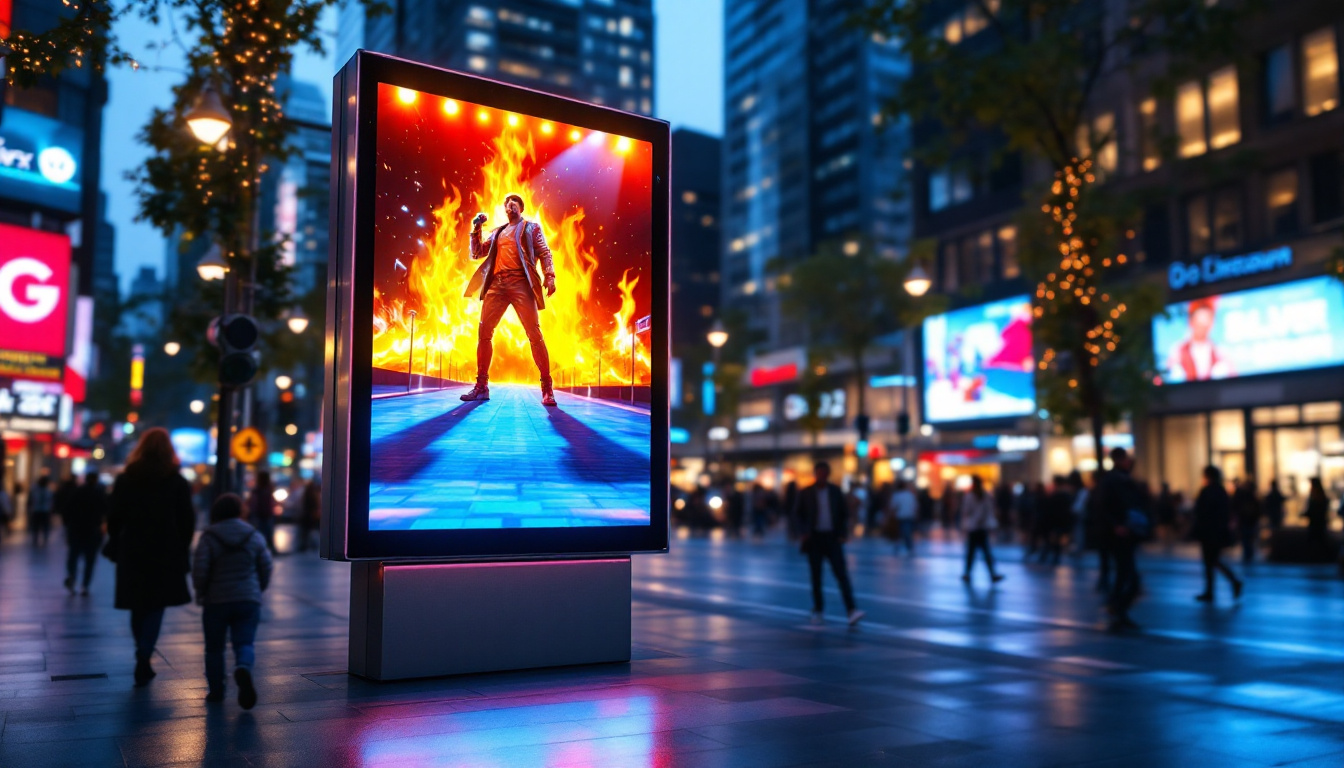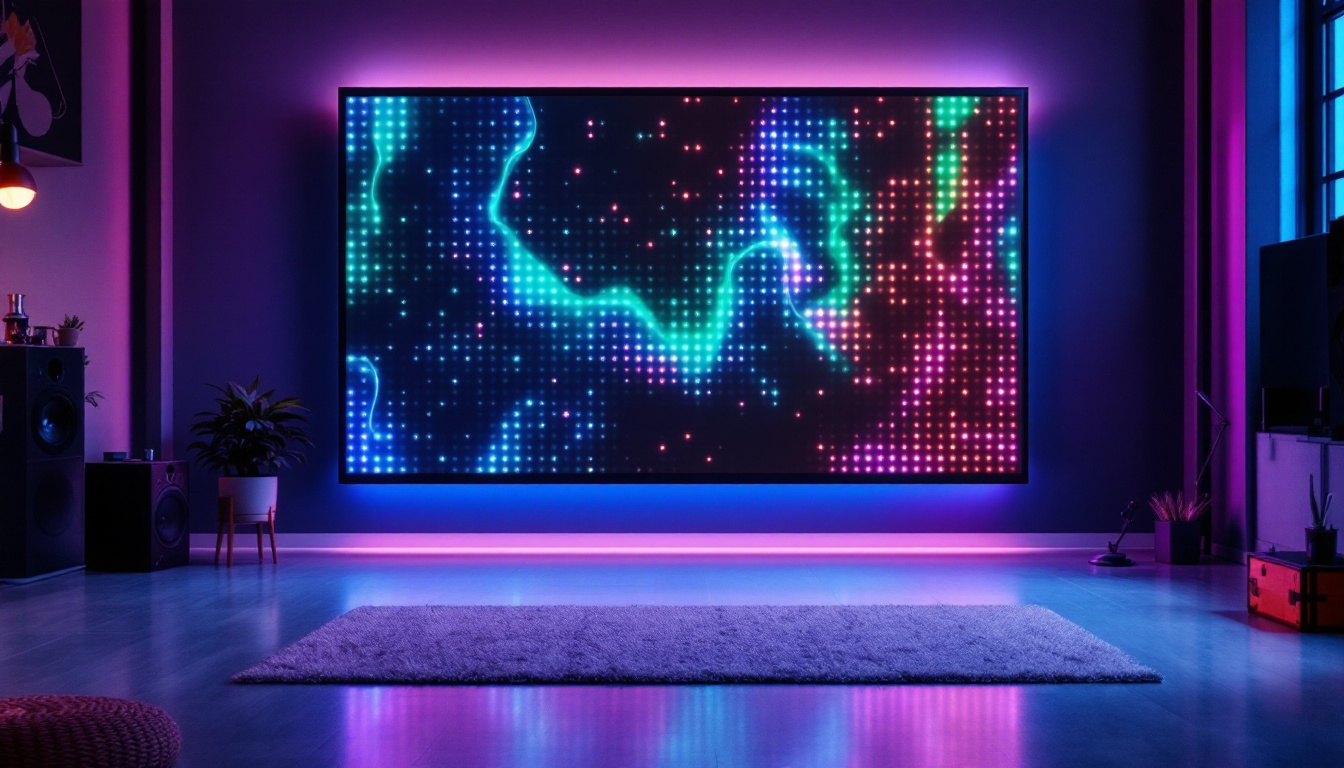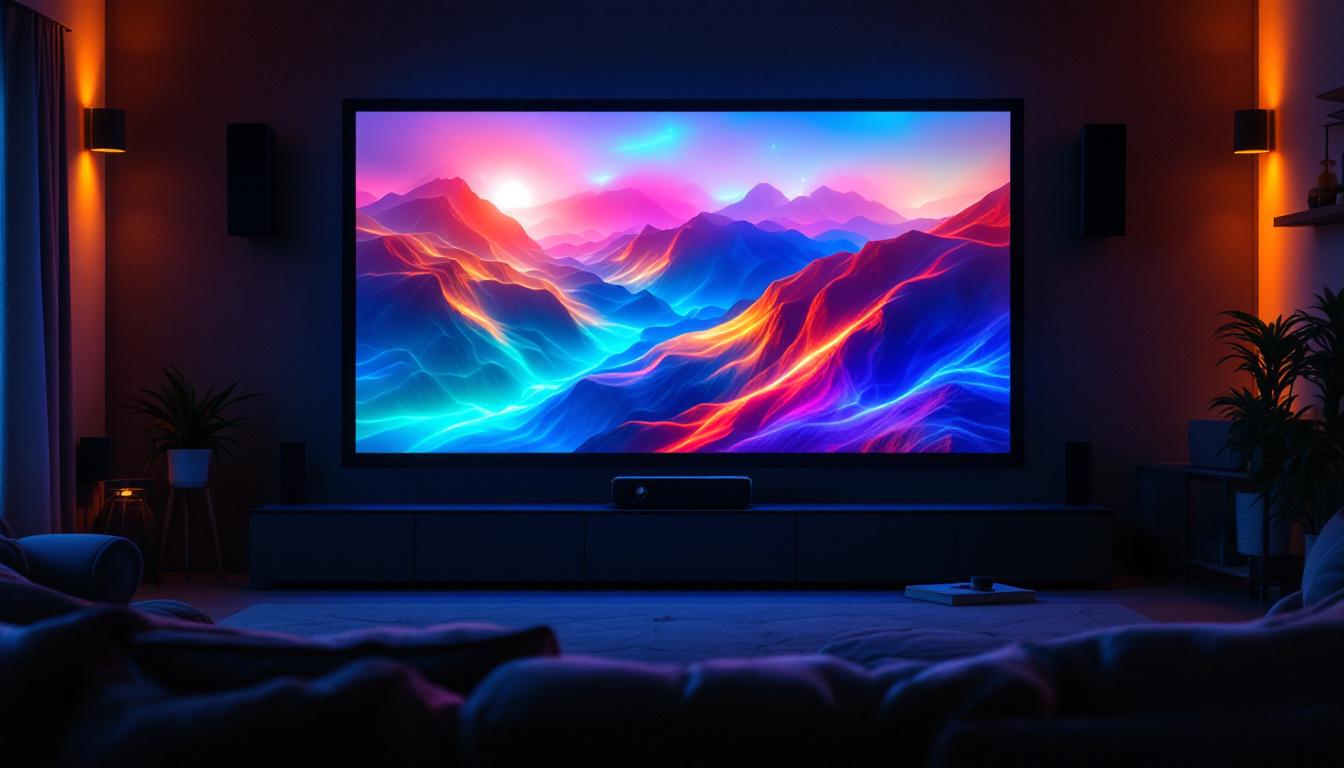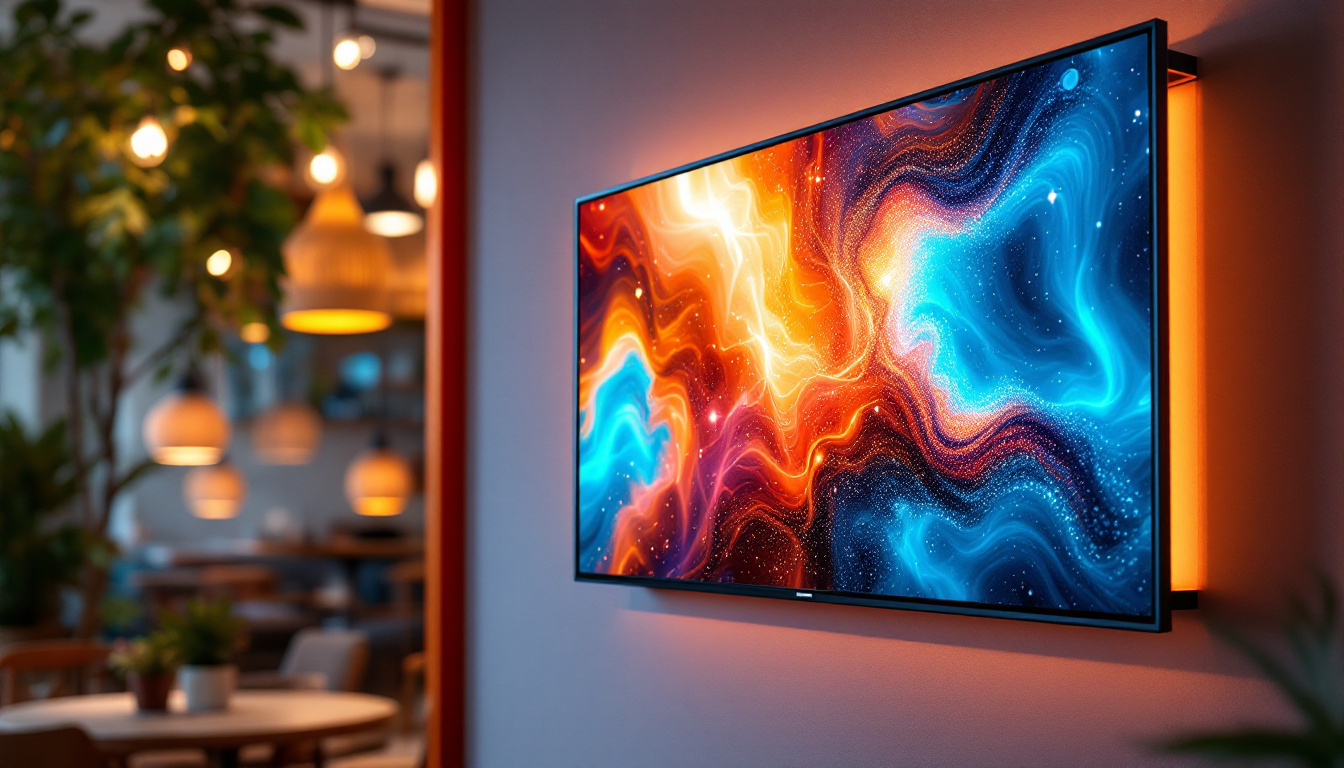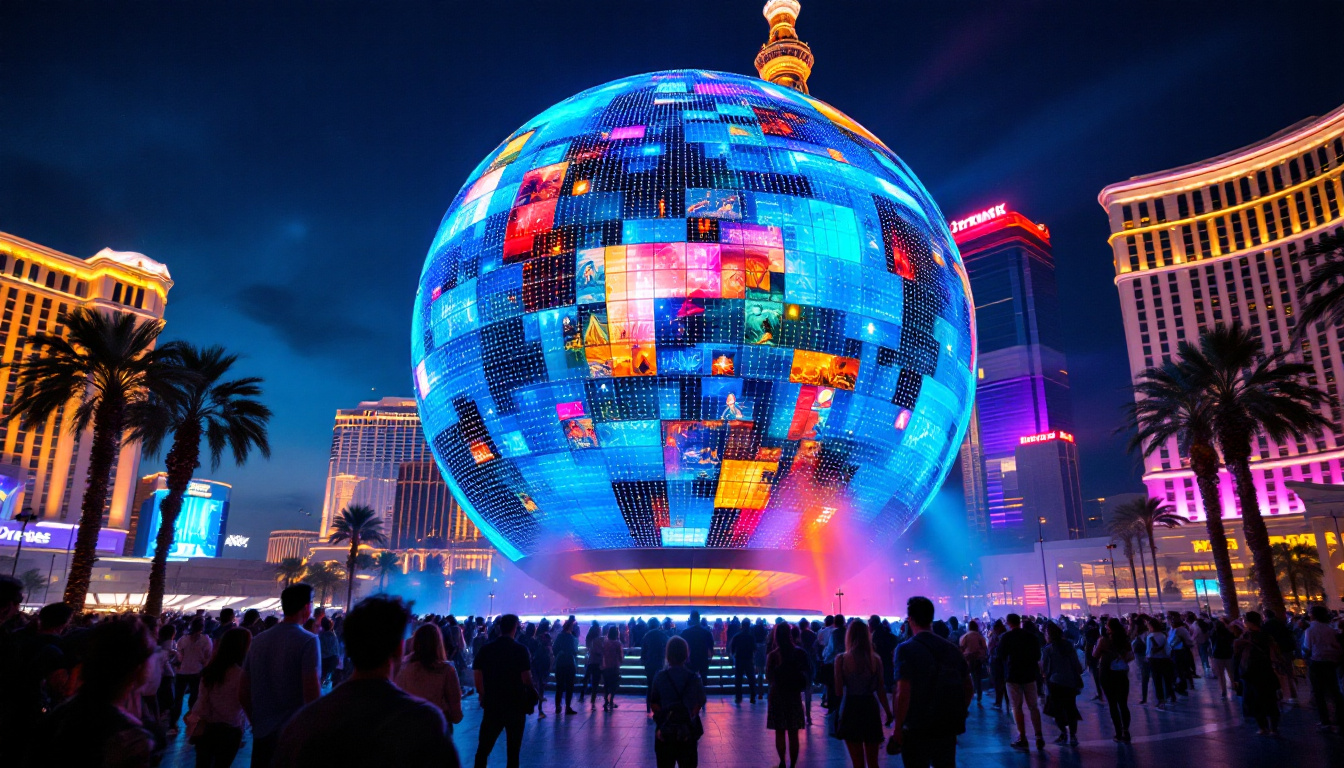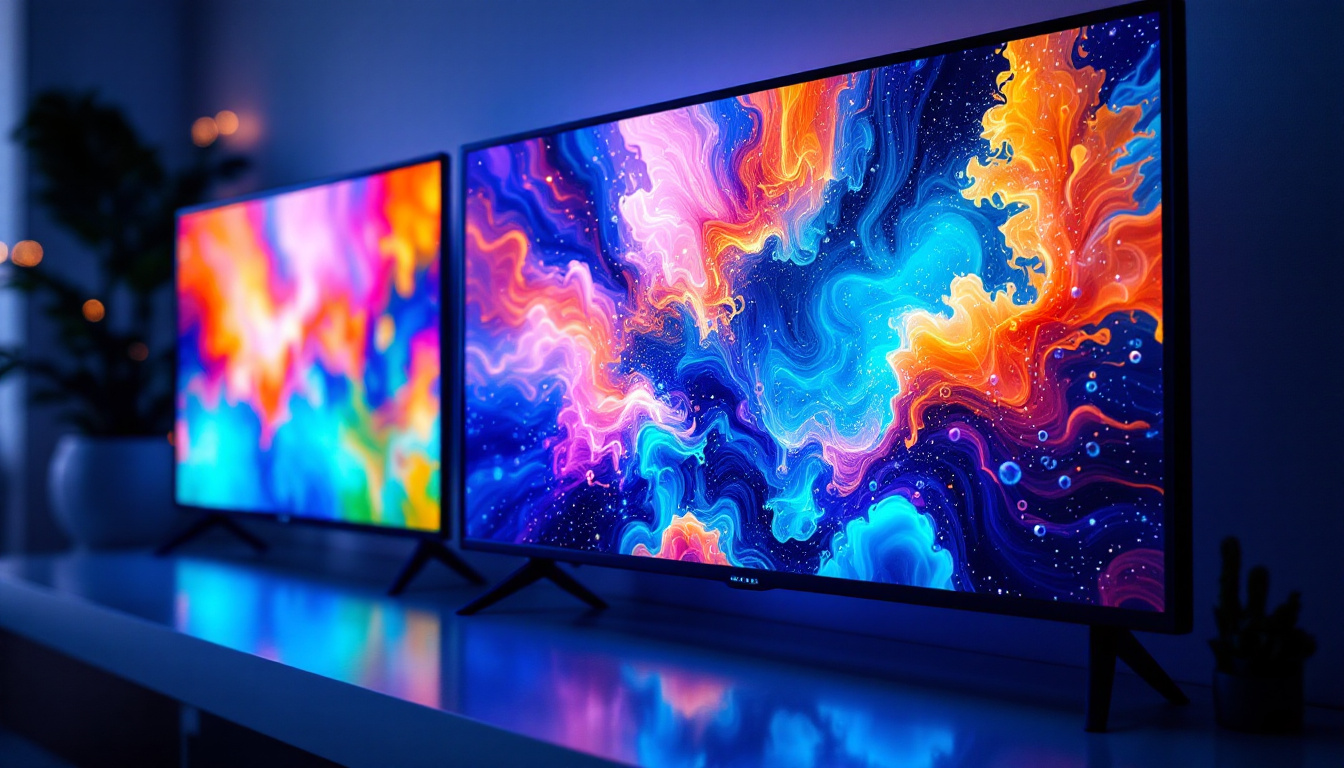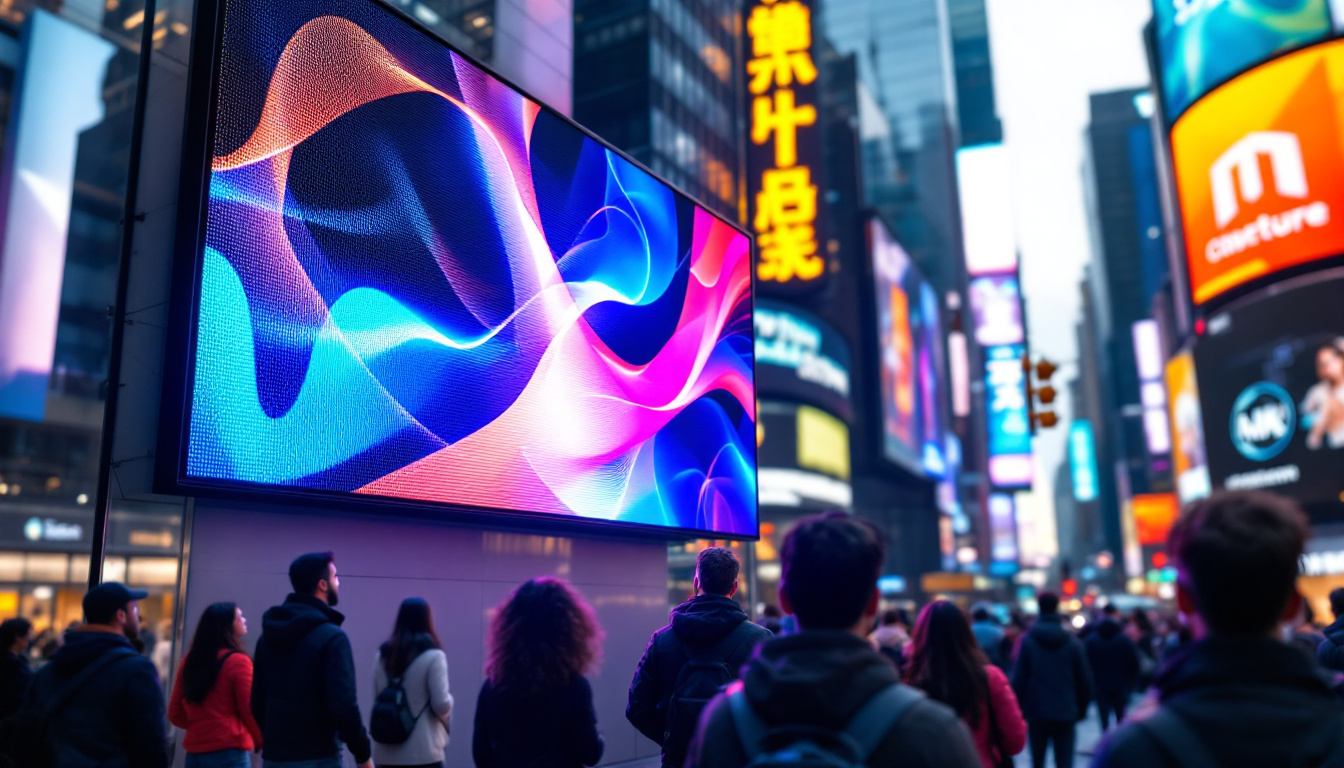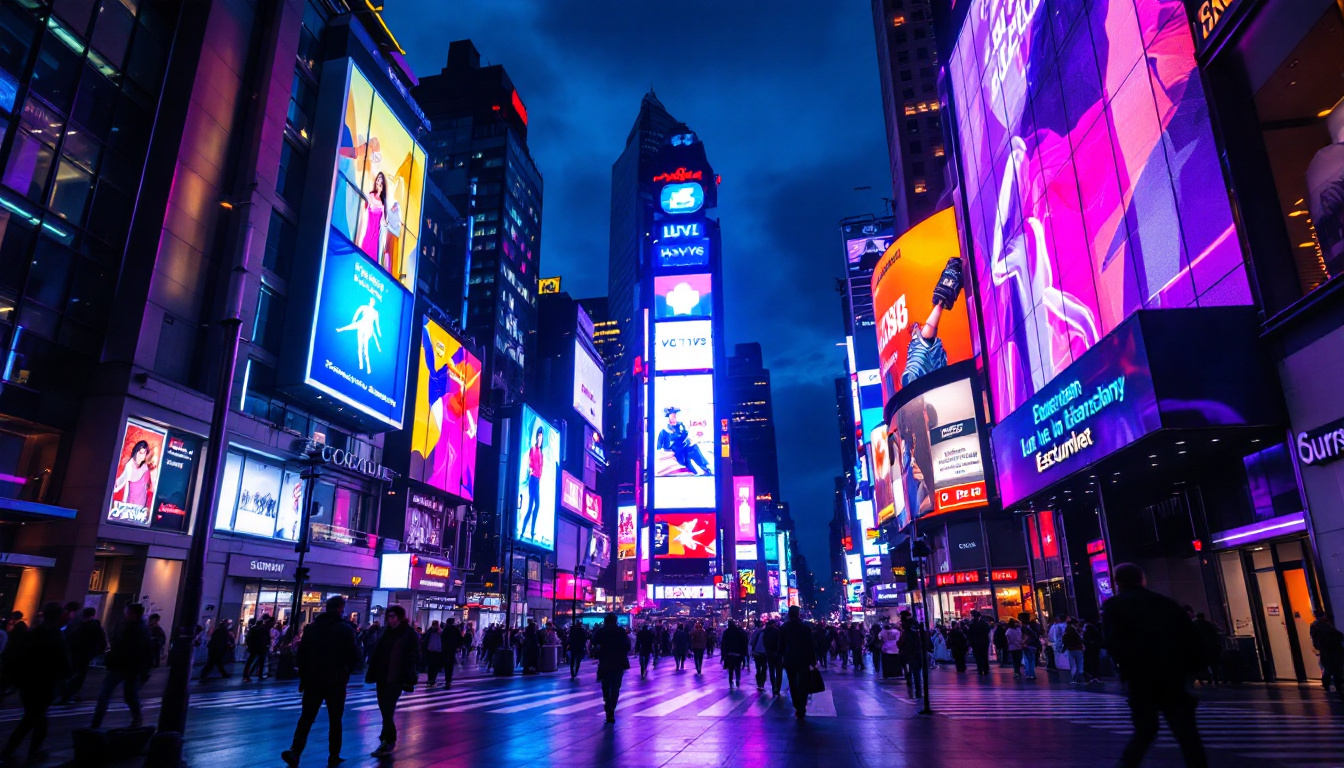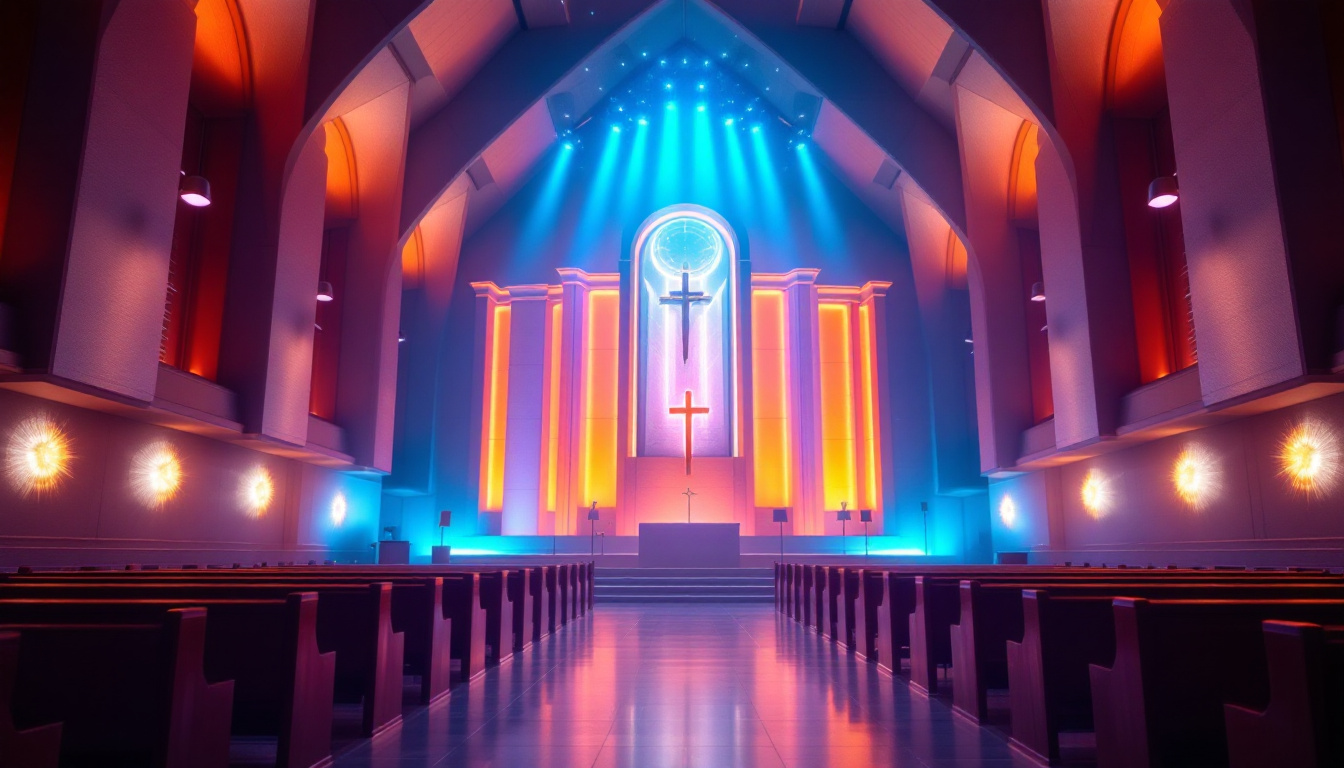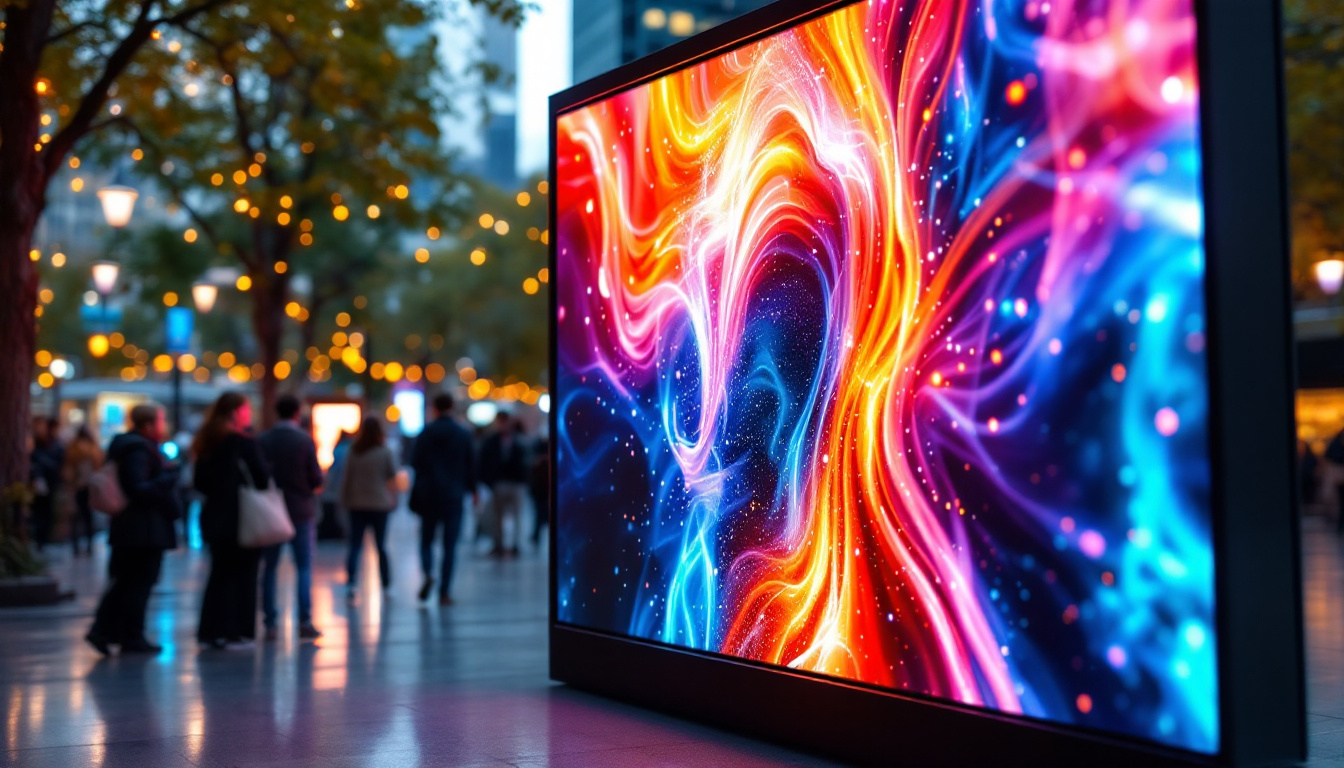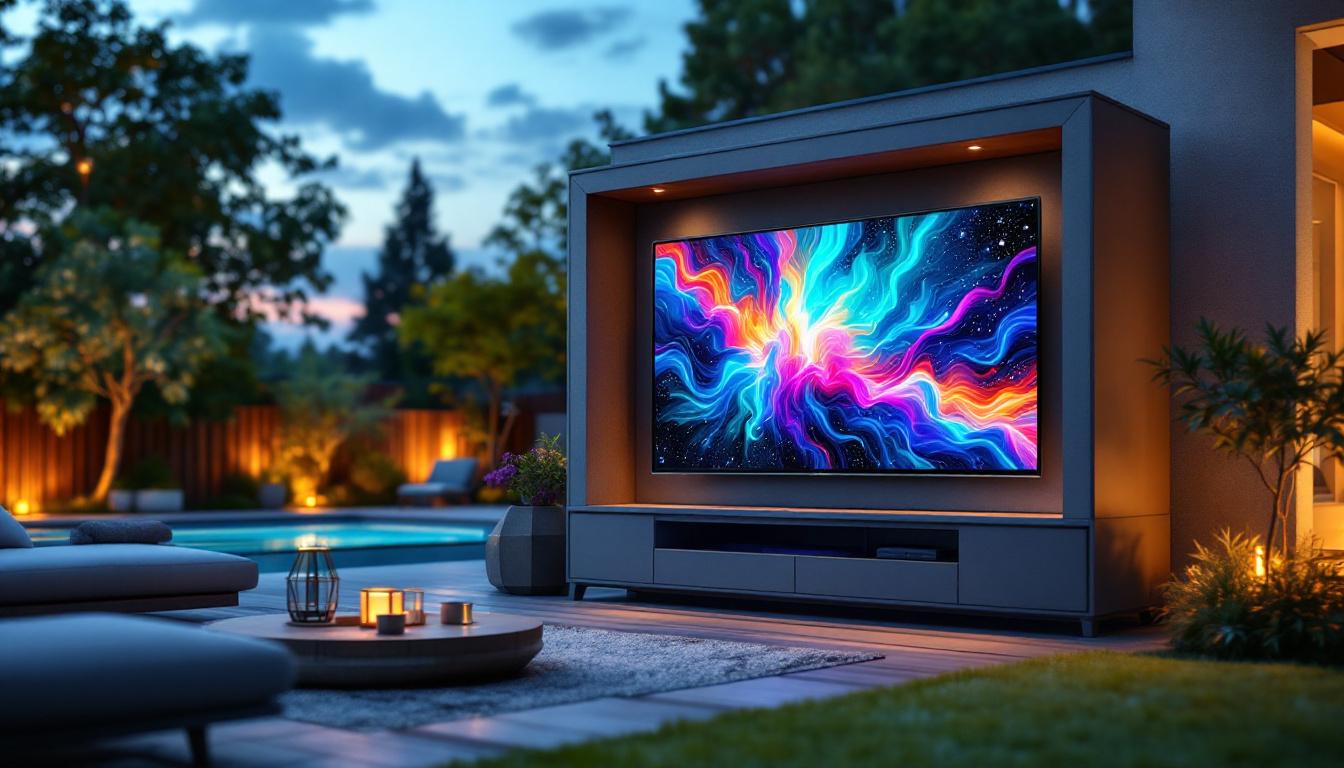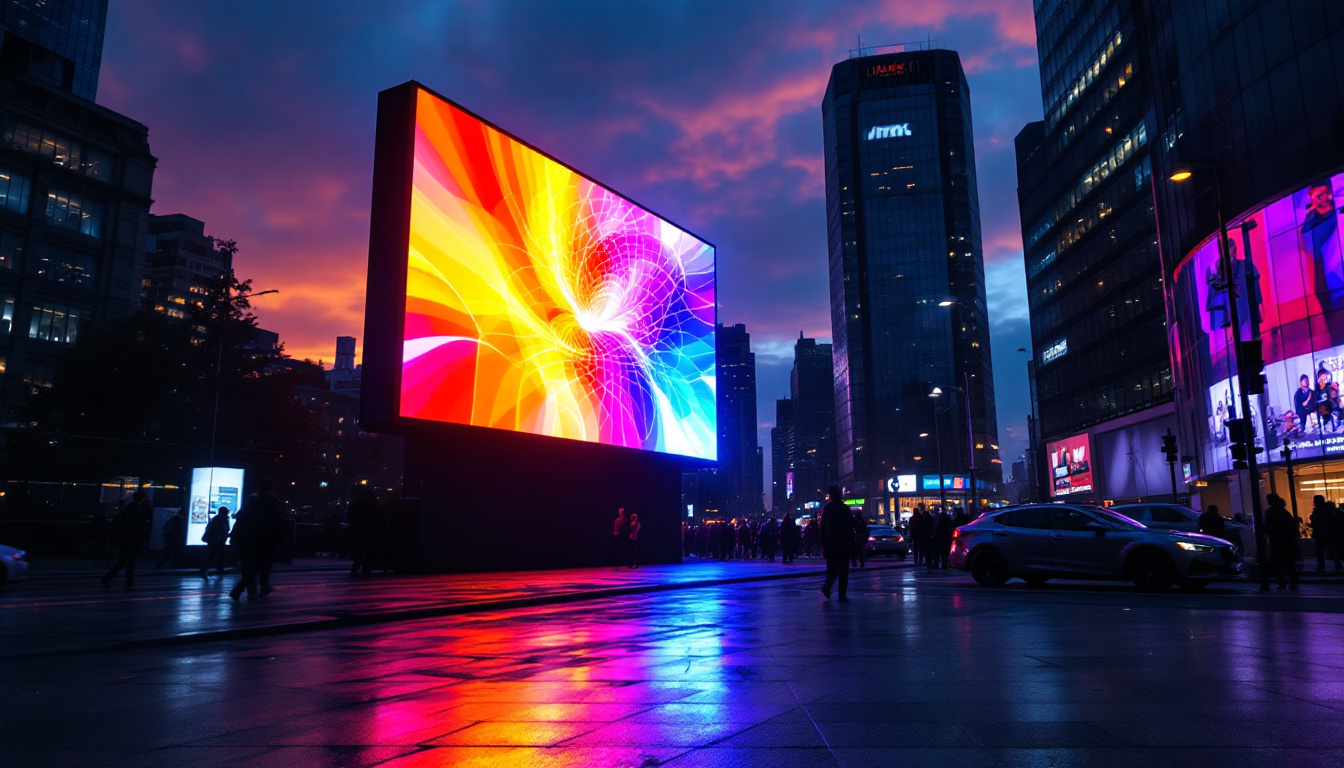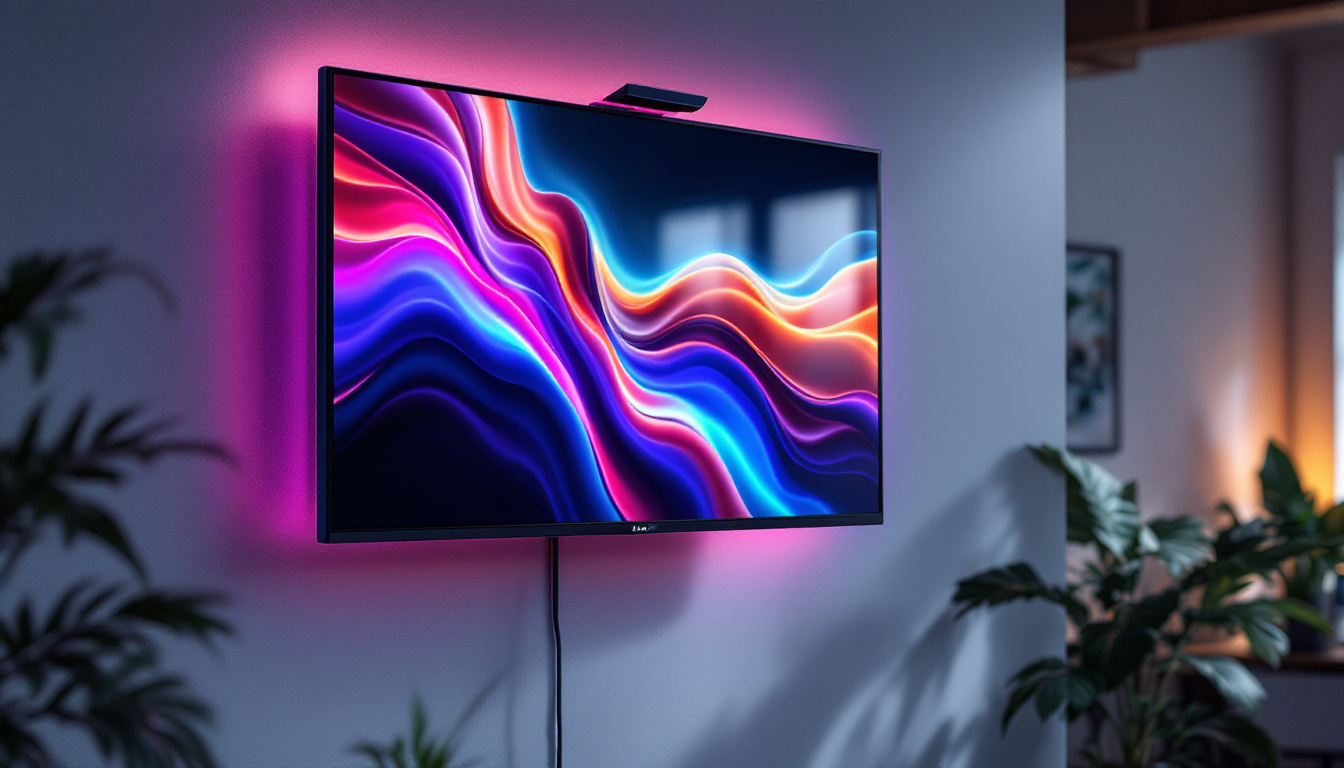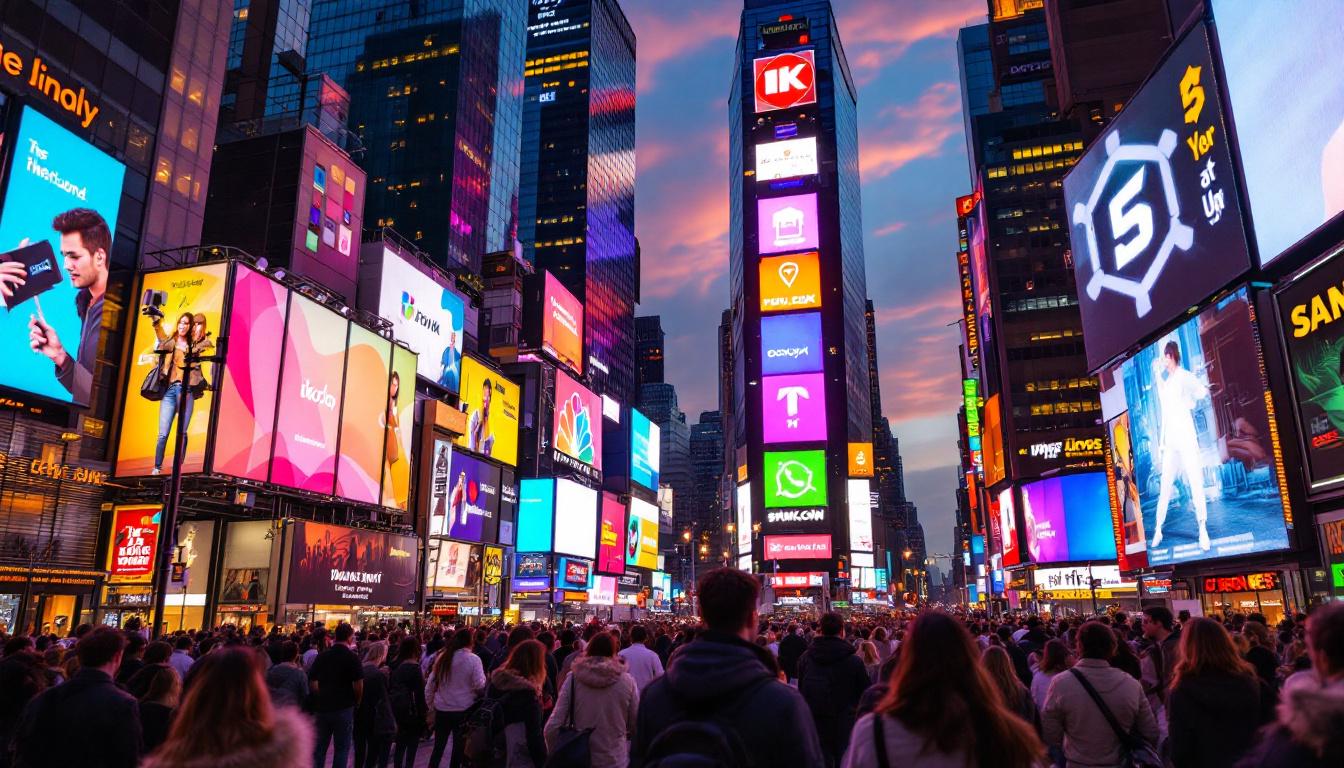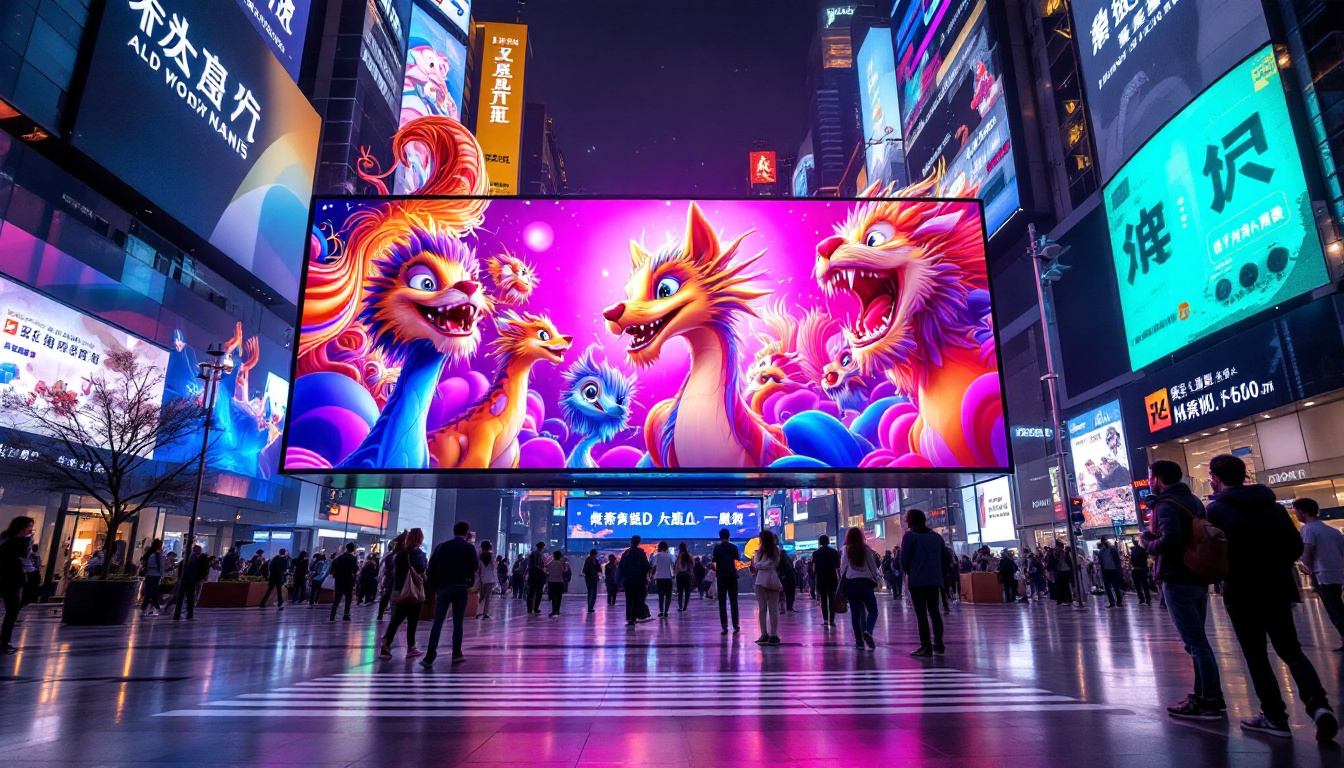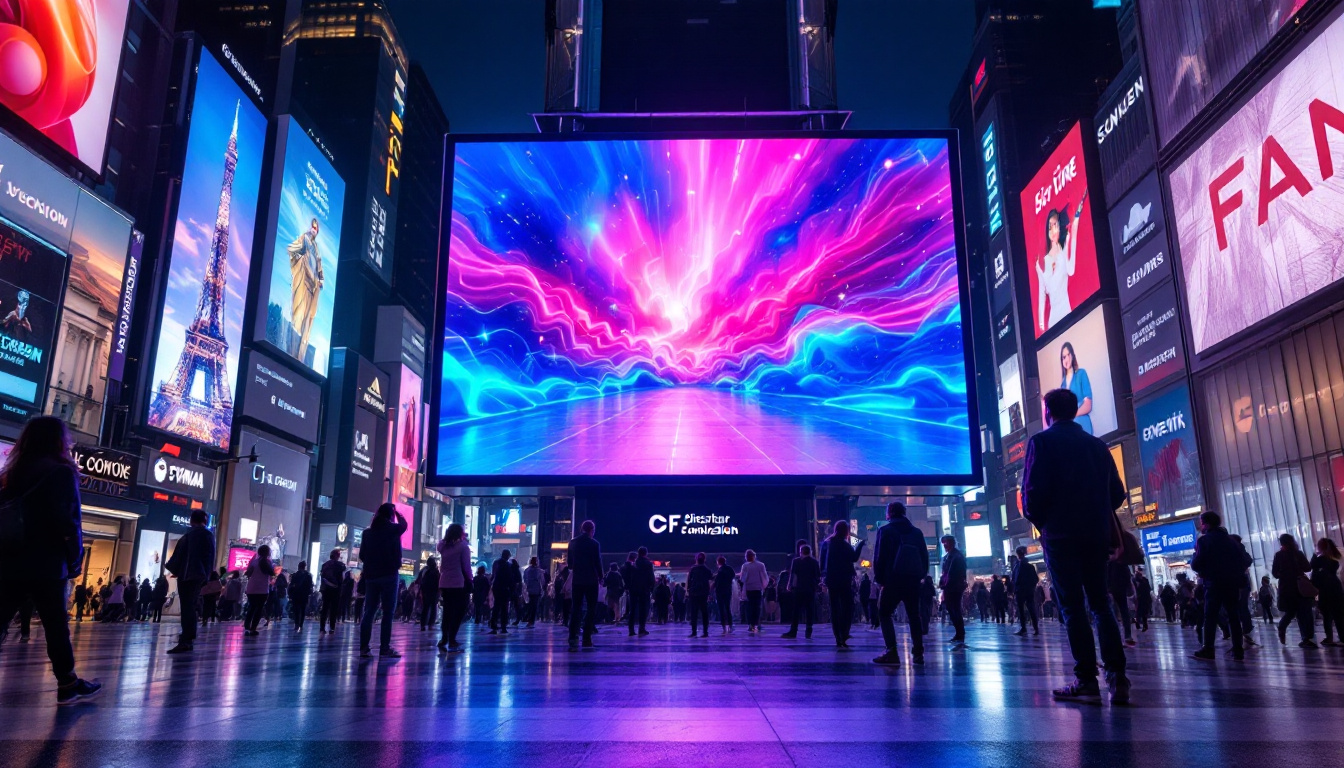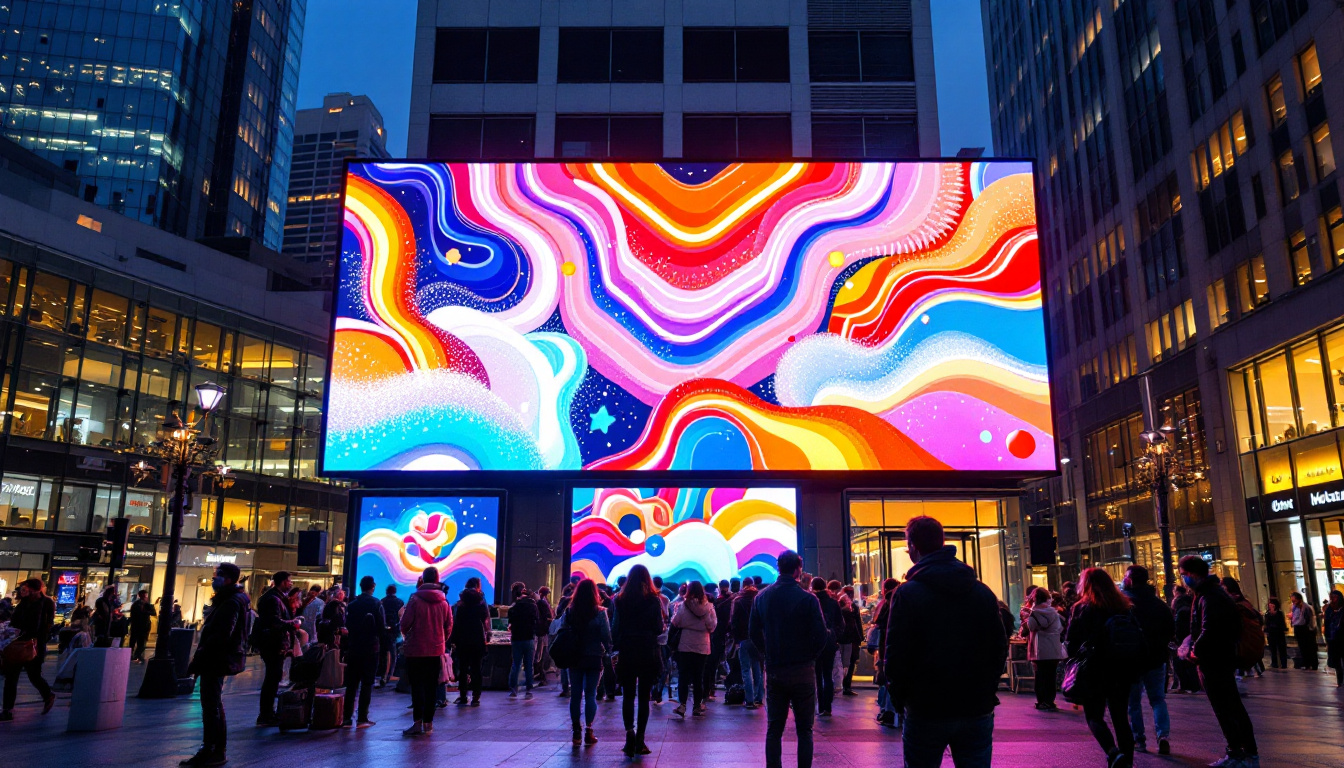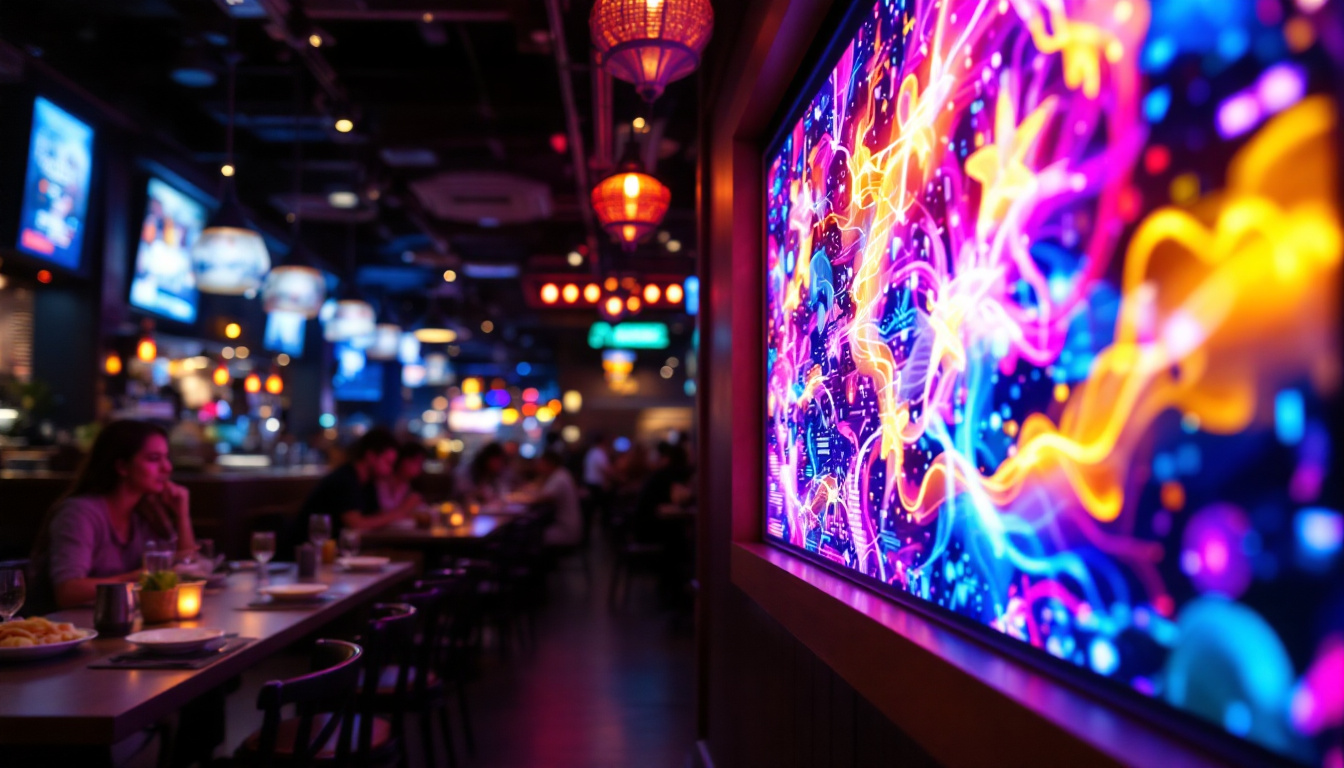Times Square is renowned for its vibrant atmosphere, bustling crowds, and, most notably, its iconic billboards. These massive LED displays are not just mere advertisements; they are a part of the fabric of New York City, drawing millions of tourists and locals alike. However, the cost of advertising on these billboards can be staggering. This article will delve into the factors influencing the cost of Times Square billboards, the technology behind LED displays, and the overall value they provide to advertisers.
Understanding the Cost of Times Square Billboards
The cost of advertising on a Times Square billboard can vary dramatically based on several key factors. Understanding these factors is essential for businesses considering this high-profile advertising avenue.
Location, Location, Location
One of the most significant determinants of billboard cost is its location within Times Square. Certain spots, particularly those with high foot traffic and visibility, command premium prices. For instance, billboards located near popular attractions such as Broadway theaters or major retail stores tend to be more expensive due to increased exposure to potential customers.
Moreover, the height and angle of the billboard also play a crucial role. Billboards that are positioned higher and are easily visible from various angles attract more attention, thereby justifying a higher price tag. The surrounding environment, including competing advertisements and the overall aesthetic of the area, can also influence a billboard’s effectiveness and, consequently, its rental cost. Advertisers must consider how their message will stand out amidst the vibrant chaos of Times Square, where every inch of space is saturated with competing visuals.
Size and Format of the Billboard
The size of the LED display is another critical factor influencing cost. Larger billboards not only provide more advertising space but also tend to be more eye-catching. Advertisers must weigh the benefits of a larger format against their budget constraints. Additionally, the type of content displayed can affect pricing. For instance, static images may cost less than dynamic video content, which requires more advanced technology and maintenance. The choice between a traditional static billboard and a high-definition digital screen can significantly impact both the cost and the effectiveness of the advertisement, as digital formats allow for more creative and engaging content that can be updated in real-time.
Furthermore, the format can also dictate the level of interactivity possible with the audience. Some advertisers are now exploring augmented reality experiences that integrate with mobile devices, creating a more immersive experience for viewers. This innovative approach not only captures attention but also encourages engagement, potentially leading to higher conversion rates. However, such advanced formats come with their own set of costs, including technology setup and maintenance, which must be factored into the overall advertising budget.
Duration of the Advertisement
The length of time an advertisement runs on a billboard also impacts the overall cost. Advertisers can choose to run their ads for a few hours, days, or even weeks. Naturally, longer durations will incur higher costs. Some companies opt for short-term campaigns during peak tourist seasons, while others may invest in longer placements to build brand recognition over time. This strategic decision often depends on the campaign’s goals; for example, a new product launch might benefit from a concentrated burst of visibility, while a brand aiming for sustained awareness might choose a prolonged presence.
Additionally, the timing of the advertisement can also play a significant role in its effectiveness. Running ads during major events, such as New Year’s Eve celebrations or large conventions, can yield a higher return on investment due to the influx of tourists and locals alike. However, advertisers must also be prepared for the increased competition for visibility during these peak times, which can drive up costs even further. Understanding the ebb and flow of foot traffic in Times Square is crucial for maximizing the impact of any billboard campaign.
The Technology Behind LED Displays
LED technology has revolutionized the advertising landscape, particularly in high-traffic areas like Times Square. Understanding how these displays work can provide insight into their effectiveness and cost.
How LED Displays Function
LED, or Light Emitting Diode, displays utilize a series of tiny diodes to create bright, vivid images and videos. These displays are known for their high brightness levels, which make them visible even in direct sunlight. The technology allows for a wide range of colors and sharp images, making advertisements more engaging and effective.
Additionally, LED displays are energy-efficient compared to traditional billboards, which can lead to cost savings in terms of electricity usage. This efficiency is particularly beneficial in a bustling area like Times Square, where billboards are often illuminated for extended periods.
Interactive Features and Innovations
Modern LED displays are not just about static images or looping videos. Many billboards in Times Square now incorporate interactive features, allowing viewers to engage with the content. This can include QR codes, social media integration, and even real-time updates. Such innovations can enhance the effectiveness of advertising campaigns, making them more memorable and impactful.
Moreover, advancements in technology have led to improved resolution and refresh rates, ensuring that the content displayed is of the highest quality. This level of detail can significantly influence consumer perception and engagement.
The Value of Advertising in Times Square
While the costs associated with Times Square billboards can be high, the value they provide can often outweigh these expenses. Understanding the return on investment (ROI) is crucial for any business considering this advertising option.
Brand Visibility and Recognition
Advertising in Times Square offers unparalleled visibility. With an estimated 50 million visitors annually, the potential reach is immense. Brands that invest in this space can significantly enhance their visibility and recognition among both locals and tourists. This exposure can lead to increased brand awareness, customer engagement, and ultimately, sales.
Furthermore, being associated with such a prestigious location can elevate a brand’s image. Advertisers often leverage the iconic status of Times Square to position themselves as leaders in their respective industries.
Targeting a Diverse Audience
Times Square attracts a diverse demographic, including international tourists, business professionals, and local residents. This variety allows advertisers to reach a broad audience, making it an ideal location for campaigns aimed at multiple market segments.
Additionally, the constant flow of foot traffic means that advertisements are seen by a large number of people in a short amount of time. This immediacy can be particularly beneficial for businesses looking to promote time-sensitive offers or events.
Comparing Costs: Traditional vs. Digital Billboards
When considering advertising options, it’s essential to compare the costs associated with traditional billboards versus digital displays. Each format has its advantages and disadvantages, which can influence a company’s decision.
Traditional Billboard Costs
Traditional billboards, typically made of vinyl or painted surfaces, often have lower initial costs compared to digital displays. However, they come with limitations. For instance, once a traditional billboard is installed, changing the content can be time-consuming and costly. Advertisers may need to pay for new materials and the labor required to replace the old content.
Moreover, traditional billboards lack the dynamic capabilities of digital displays. They can only showcase static images, which may not capture the attention of passersby as effectively as animated content.
Digital Billboard Costs
Digital billboards, on the other hand, tend to have higher upfront costs due to the technology involved. However, they offer significant advantages in terms of flexibility and engagement. Advertisers can easily update content, run multiple ads in a single time slot, and utilize interactive features to enhance viewer engagement.
In the long run, the ability to adapt and change advertisements quickly can lead to a higher return on investment, making digital billboards a more attractive option for many businesses.
Factors Influencing the ROI of Times Square Billboards
While the costs associated with Times Square billboards can be high, various factors can influence the return on investment. Understanding these factors can help advertisers make informed decisions.
Creative Content
The creativity and quality of the advertisement play a crucial role in its effectiveness. Engaging, high-quality content is more likely to capture the attention of viewers and leave a lasting impression. Brands that invest in creative production often see a higher ROI compared to those that opt for generic or low-quality ads.
Additionally, aligning the advertisement with current trends or events can enhance its relevance and impact, further increasing the likelihood of consumer engagement.
Timing and Placement
Timing is another critical factor. Running advertisements during peak tourist seasons or major events can significantly boost visibility and engagement. Advertisers should also consider placement within Times Square; ads that are strategically positioned in high-traffic areas are likely to yield better results.
Moreover, understanding the audience demographics during specific times can help advertisers tailor their messages for maximum impact.
Conclusion: Making the Most of Times Square Advertising
Advertising on a Times Square billboard can be a significant investment, but the potential rewards can be substantial. By understanding the factors that influence costs, the technology behind LED displays, and the overall value of advertising in this iconic location, businesses can make informed decisions that align with their marketing goals.
Ultimately, success in Times Square advertising hinges on creativity, strategic planning, and a keen understanding of the target audience. With the right approach, brands can leverage the power of Times Square to enhance their visibility, engage consumers, and drive sales.
As the landscape of advertising continues to evolve, Times Square remains a beacon of opportunity for brands willing to invest in their future. With the right strategy and execution, the iconic billboards of Times Square can become a powerful tool in a company’s marketing arsenal.
Illuminate Your Brand with LumenMatrix
Ready to make your mark in the heart of New York City? LumenMatrix is at the forefront of LED display innovation, offering a wide array of solutions tailored to make your brand shine in Times Square and beyond. From the dazzling Indoor LED Wall Display to the dynamic Outdoor LED Wall Display, and from the mobile Vehicle LED Display to the interactive Floor LED Display, our technology is designed to captivate and engage. Embrace the future of advertising with our Custom LED Displays or the sleek All-in-One LED Display, and let your message resonate with clarity like never before. Check out LumenMatrix LED Display Solutions today and transform the way your brand connects with the world.

